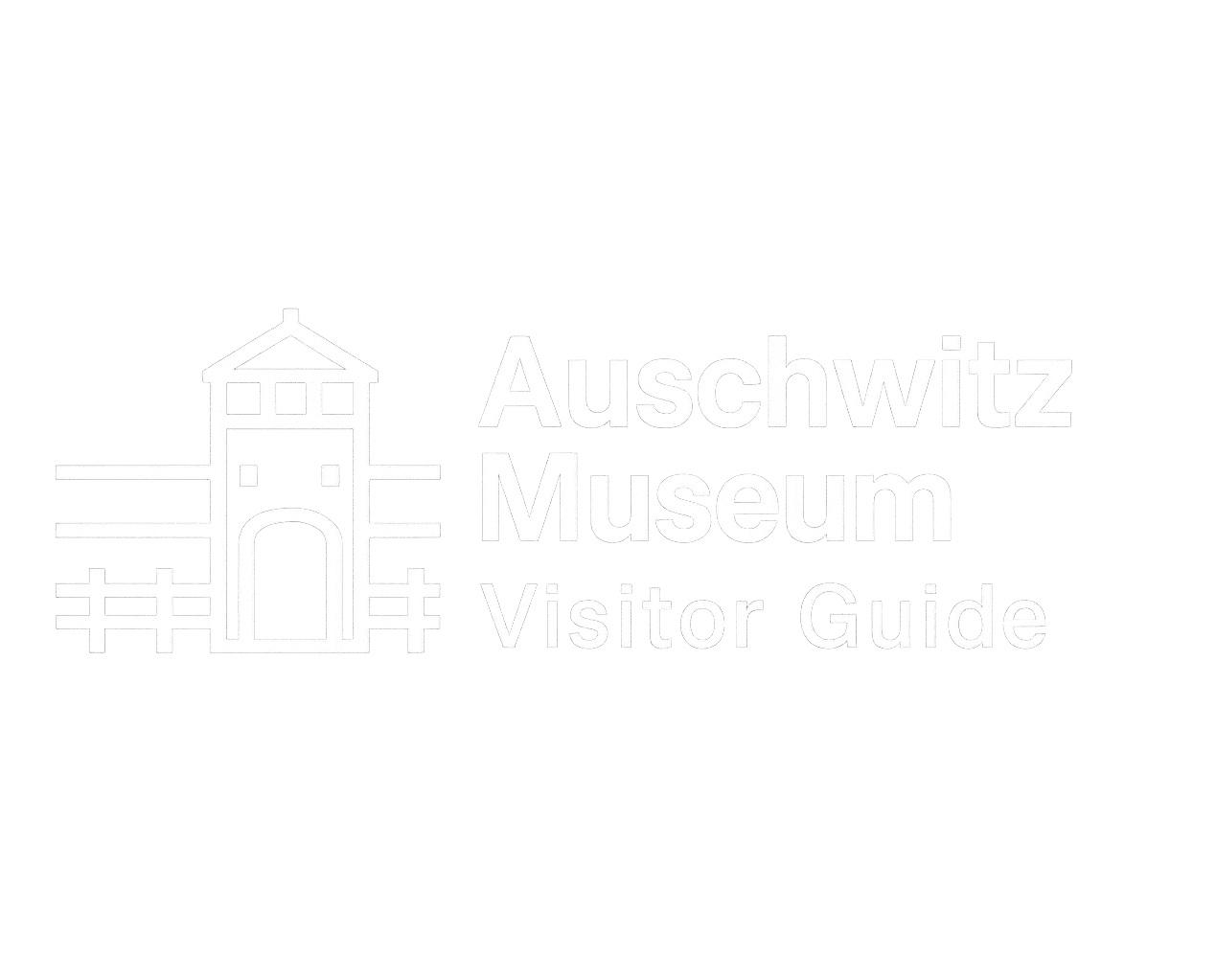Auschwitz rules are essential for anyone planning a visit to the Auschwitz-Birkenau Memorial. This is not just a historical attraction but a place of deep reflection, remembrance, and education. Before you arrive, it’s important to know what is allowed, how to behave, and what to prepare for – so that your visit remains respectful and meaningful.
Why Visitor Rules Matter
Visiting Auschwitz-Birkenau is a unique and powerful experience. The memorial site is both a museum and a cemetery for the victims of the Holocaust. Following the Auschwitz rules helps preserve the dignity of the place, ensures proper behaviour among visitors, and respects the memory of over one million people who lost their lives here. It also helps you navigate the site smoothly and avoid unexpected issues such as delays or denied entry.
Dress Code – What to Wear
There is no formal dress code, but visitors are expected to dress respectfully. Avoid overly casual or revealing clothing such as short shorts, strap tops, or T-shirts with offensive or inappropriate slogans or images, as this is a place of mourning. Comfortable shoes are essential – the site is large, and you will walk for several hours between Auschwitz I and Auschwitz II-Birkenau. Weather can be unpredictable, so bring an umbrella or a jacket, especially during autumn and winter.
Photography – Where It’s Allowed

Photography is generally allowed, but without flash or tripods. There are areas, especially inside some exhibitions and blocks, where taking pictures is strictly forbidden. Always pay attention to signs and follow staff instructions. The Auschwitz rules are clear on this to ensure respect for the site and its visitors. Pay special attention to how you take your photos – avoid selfies, posing on the railway tracks, or any behaviour that could be seen as disrespectful. Drones and aerial photography are strictly prohibited without explicit permission from the museum.
What You Can and Can’t Bring
Bags larger than 30x20x10 cm are not allowed inside the museum. There is a paid cloakroom where you can leave your backpack or luggage. Food and drinks are not permitted in the exhibition areas – you can use the café and rest areas outside the main entrance. Smoking and alcohol are strictly prohibited, and any inappropriate behaviour may result in removal from the site.
Sharp objects such as scissors, knives, or any tools are not allowed.
Animals: Pets are not allowed on site. The only exception is for certified service dogs, which must have proper documentation and remain under control at all times.
Age Recommendations for Children
The exhibitions contain disturbing images and content. The museum recommends that children visiting Auschwitz-Birkenau be at least 14 years old. Parents should carefully consider if their children are prepared for the emotional weight of the visit and the solemn atmosphere.
How to Prepare for Your Visit
Plan your arrival early, as security checks and ticket validation can take time. If you drive, parking near both Auschwitz I and Birkenau is paid and tends to fill up quickly. A free shuttle bus connects the two sites every 15–30 minutes. If you are coming from Krakow, check out our guide on how to get to Auschwitz from Krakow – covering buses, trains, and private transfers.
Respectful Behaviour
The memorial is a place of silence and reflection. Loud conversations, phone calls, or any kind of inappropriate behaviour are strongly discouraged. It is forbidden to sit on monuments, historical structures, or railway tracks. Visitors must also follow the designated paths – stepping outside them is not allowed, both for safety and preservation reasons.
Opening Hours and Planning
The museum is open almost every day of the year, with hours changing by season. Tickets for guided tours should be booked well in advance – especially during spring and summer when both Auschwitz tour options (free entry and guided tours) sell out quickly. If you plan to go on your own, remember to book a time slot on the official website.
You can find the official visitor regulations here: Auschwitz Visitor Rules (PDF).
Final Thoughts
Understanding and following the Auschwitz rules is the first step to ensuring that your visit is meaningful and respectful. This is not a typical tourist attraction – it’s a place of history, pain, and remembrance. Approach it with an open heart, take your time to reflect, and allow the experience to deepen your understanding of the past.
